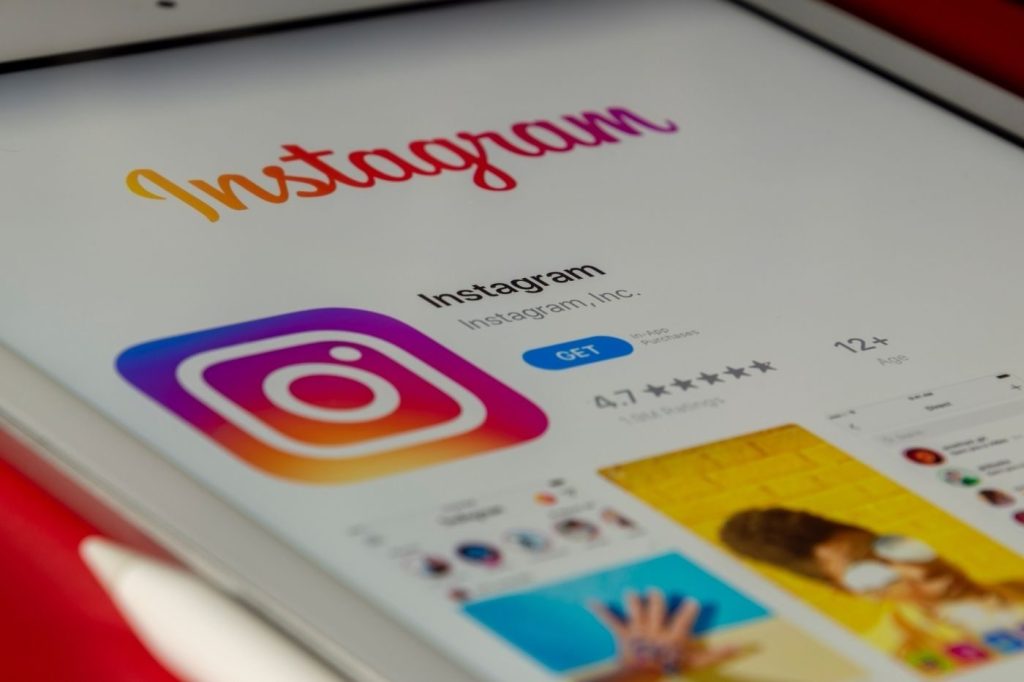Instagram has become a platform where myths are created, propagated, and debunked. It’s a space where visual narratives take on lives of their own, often becoming viral phenomena that capture the attention of millions. The anatomy of an Instagram myth involves a complex interplay between images, captions, hashtags, and social interactions.
The first component in the creation of an Instagram myth is the image itself. A visually compelling picture can immediately draw viewers in and spark curiosity or intrigue. This could be anything from a beautifully staged shot to an unusual or shocking image. The key is that it must be something that stands out amidst the endless stream of content on users’ feeds.
Next comes the caption – this is where context is provided for the image and where the seeds of mythology are sown. Often these captions will present an extraordinary claim or story related to the image – perhaps about its origins, its meaning or some hidden element within it. These claims may not always be true but they’re usually intriguing enough to compel users to share them with others.
Hashtags play a crucial role too by providing pathways for propagation across different user networks on instagram views kaufen günstig. They help categorize posts into specific topics or themes which allows other users interested in those areas to discover them more easily.
Finally, there’s social interaction – comments, likes, shares – these all contribute towards amplifying visibility of posts and spreading them further across networks. When people start engaging with these visual narratives whether through expressing disbelief or sharing their own interpretations; it adds layers to the narrative making it more enticing for others who come across it later.
However, as much as Instagram provides fertile ground for myth-making; it also serves as a space for debunking myths when they get out hand or spread misinformation which can have real-world consequences such as during crises situations like pandemics or elections.
Users often take upon themselves to investigate claims made in viral posts using reverse-image searches and fact-checking websites among other tools. When they discover inaccuracies or falsehoods, they usually share their findings in comments or through their own posts which can sometimes go viral themselves thereby debunking the original myth.
In conclusion, Instagram serves as a fascinating space to observe how visual narratives can evolve into myths and how these myths are then propagated and often eventually debunked. It’s a testament to the power of images and storytelling in our digital age where anyone with a smartphone can become a myth-maker or a myth-buster.



